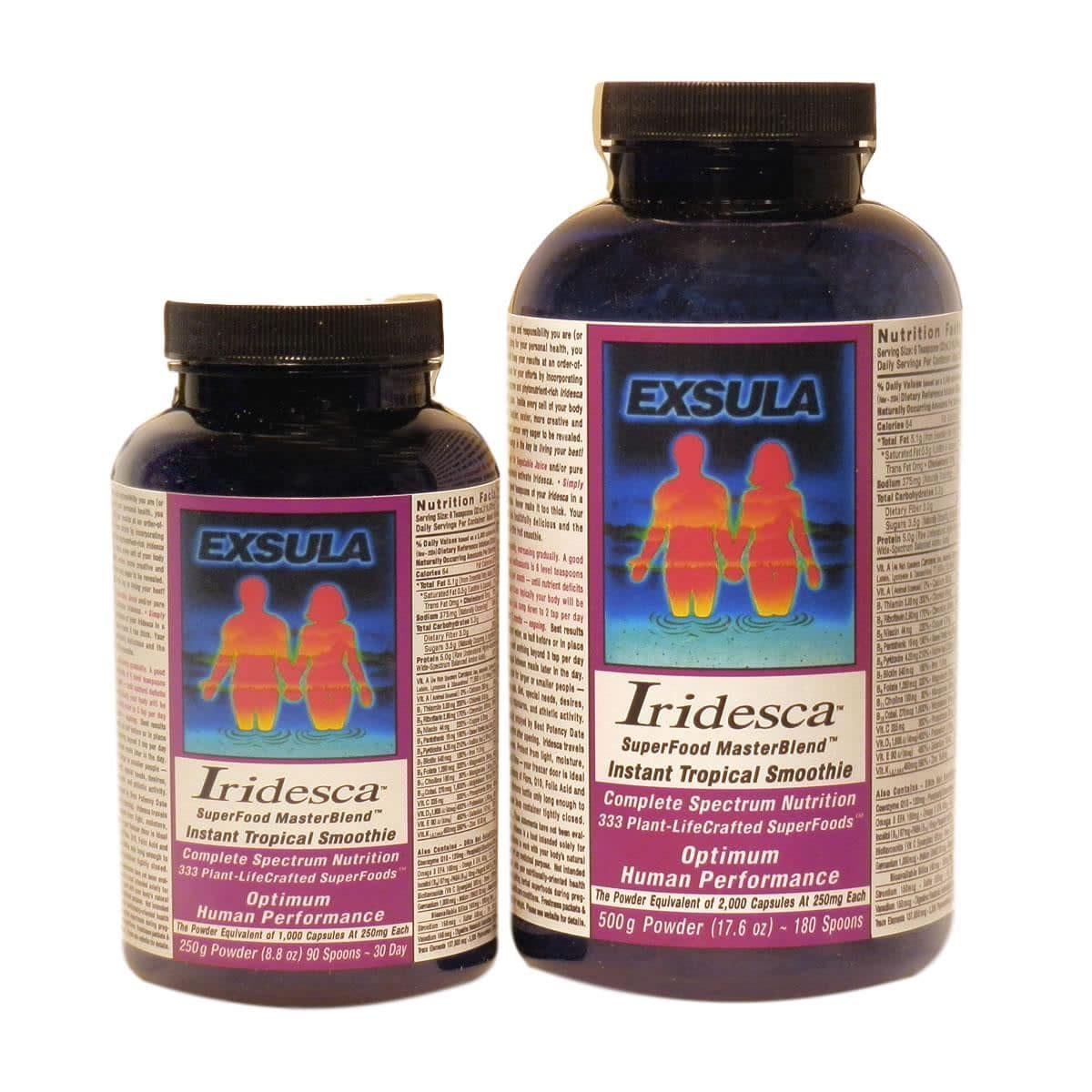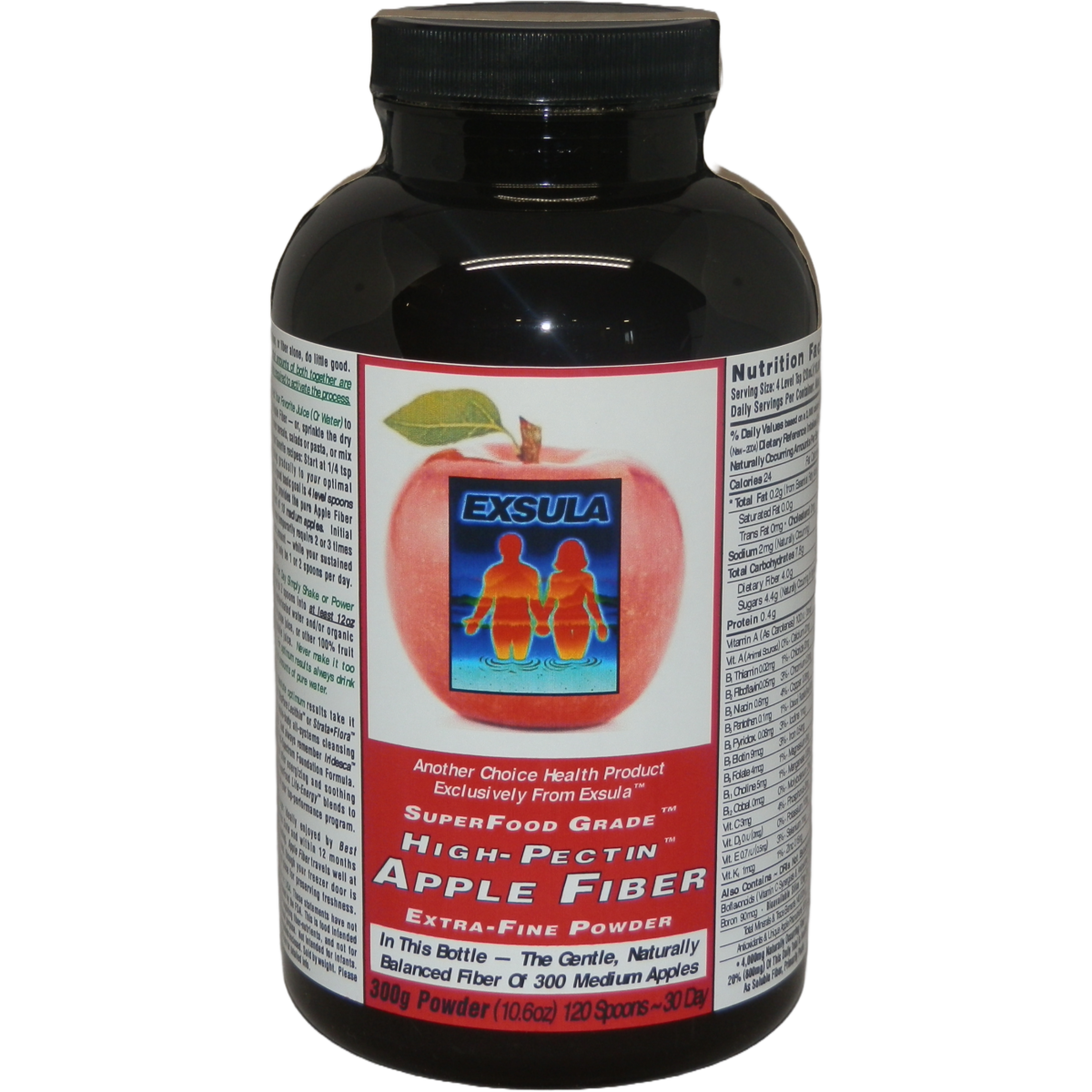No products in the cart.
Carrots (Daucus Carota)
Carrots are an excellent source of antioxidant compounds, and the richest vegetable source of the pro-vitamin A carotenes. Carrot juice is a very nutritional juice high in beta-carotene. Carrots’ antioxidant compounds help protect against cardiovascular disease and cancer and also promote good vision, especially night vision. A superb detoxifier, carrots are an excellent food for the health of the liver and digestive tract. Carrots help kidney function and help kill bacteria and viruses. Source of certain carotenoids and immune boosting enzymes. Legendary for youthfulness, energy and freedom from colds and flu. Anti-parasitic.
Carrots are a taproot, a type of root that grows downward and swells. The carrot is a highly refined version of a common weed, called Queen Anne’s Lace. 2 small carrots (100 g) provide almost three times the Recommended Daily Intake of Vitamin A. These same 2 carrots contain only 43 calories and is a source of dietary fiber, magnesium, potassium, Vitamins C and B6, thiamin and folate. Carrots are rich in carotene, fiber and beta carotene, a powerful antioxidant. They contain calcium pectate, a pectin fiber that has been found to have cholesterol-lowering properties. Carrots are believed to be effective is the prevention of heart disease and macular degeneration, one of the leading causes of blindness in the aged.
Likewise, carrots help prevent cataracts. The beta carotene in a carrot convert to Vitamin A in the body, which helps improve vision. Vitamin A forms rhodopsin, a purple pigment that the eye uses to adjust to dim light. Research has shown that not getting enough Vitamin A can actually lead to night blindness. The high pectin content in carrots helps reduce cholesterol and prevent heart disease. This same fiber also works to fight diarrhea. Many phytochemicals in carrots (coumarins, flavones, carotenoids, phthalides and polyacetylenes) are effective against some forms of cancer, (including lung, ovarian and breast).
Contains
Carotenes, Vitamins, Minerals & Enzymes.
- Helps maintain whole body health
- Powerful antioxidant, prevents cell degeneration
- Special nutrition for the eyes and skin
- Benefits of live enzymes
- Nutrients in natural proportions
Carrots contain many important nutrients: beta carotene and other carotenoids, B vitamins, vitamin C, the minerals calcium and potassium, and much more. Of all of these, it is beta carotene that traditionally has received the most attention.
Beta carotene
Beta carotene is one of about 500 similar compounds called carotenoids, which are present in many fruits and vegetables. The body changes beta carotene into vitamin A, which is important in strengthening the immune system and promoting healthy cell growth. However, beta carotene is much more than the precursor for vitamin A. Only so much beta carotene can be changed into vitamin A, and that which is not changed contributes to boosting the immune system and is also a potent antioxidant. Antioxidants fight free radicals and help prevent them from causing membrane damage, DNA mutation, and lipid (fat) oxidation, all of which may lead to many of the diseases that we consider “degenerative.”
Alpha carotene
Beta carotene is not the only carotenoid. Often overlooked, and also found in carrots, is alpha carotene. According to an article in NCI Cancer Weekly (Nov. 13, 1989), Michiaki Murakoshi, who leads a team of biochemists at Japan’s Kyoto Prefectural University of Medicine, contends that alpha carotene may be more powerful than beta carotene in inhibiting processes that may lead to tumor growth. Murakoshi indicates that neuroblastoma (cancer) cells coated with carotenoids experience a drop in N-myc activity compared to untreated cells. N-myc is a gene that codes for cell growth-stimulating proteins and can contribute to cancer formation and growth. Alpha carotene was found to be about ten times more inhibitory toward N-myc activity than beta carotene. Murakoshi concludes that all types of carotenoids should be studied for possible health benefits.
Carotenoids and Heart Disease
When six epidemiological studies that looked at the association of diets high in carotenoids and heart disease were reviewed, the research demonstrated that high-carotenoid diets are associated with a reduced risk of heart disease. In one study that examined the diets of 1,300 elderly persons in Massachusetts, those who had at least one serving of carrots and/or squash each day had a 60% reduction in their risk of heart attacks compared to those who ate less than one serving of these carotenoid-rich foods per day.
Better Vision
Beta-carotene helps to protect vision, especially night vision. After beta-carotene is converted to vitamin A in the liver, it travels to the retina where it is transformed into rhodopsin-a purple pigment that is necessary for night-vision. Plus beta-carotene’s powerful antioxidant actions help provide protection against macular degeneration and the development of senile cataracts-the leading cause of blindness in the elderly.
Carotenoids and Cancer
Carrots are by far one of the richest source of carotenoids-just one cup provides 16,679 IUs of beta-carotene, more than 250% of the RDA, and 3,432 REs (retinol equivalents), or roughly 686.3% the RDA for vitamin A. High carotenoid intake has been linked with a 20% decrease in postmenopausal breast cancer and an up to 50% decrease in the incidence of cancers of the bladder, cervix, prostate, colon, larynx, and esophagus. Extensive human studies suggest that a diet including as little as one carrot per day could conceivably cut the rate of lung cancer in half.
Remember the study in which heavy long-term cigarette smokers were given synthetic beta-carotene, and it did not appear to prevent them from developing lung cancer? Well, not only is synthetic beta-carotene not biochemically identical to the real stuff found in carrots, but scientists now think that carrots’ protective effects are the result of a team effort among several substances abundant in carrots, including alpha-carotene-another, less publicized carotenoid. A recent National Cancer Institute study found lung cancer occurrence was higher in men whose diets did not supply a healthy intake of alpha-carotene.
Carotenoids and Blood Sugar
Intake of foods such as carrots that are rich in carotenoids may be beneficial to blood sugar regulation. Research has suggested that physiological levels, as well as dietary intake, of carotenoids may be inversely associated with insulin resistance and high blood sugar levels.
Protection against Emphysema
If you or someone you love is a smoker, or if you are frequently exposed to second hand smoke, then making vitamin A-rich foods, such as carrots, part of your healthy way of eating may save your life, suggests research conducted at Kansas State University. While studying the relationship between vitamin A, lung inflammation, and emphysema, Richard Baybutt, associate professor of nutrition at Kansas State, made a surprising discovery: a common carcinogen in cigarette smoke, benzo(a)pyrene, induces vitamin A deficiency. Baybutt’s earlier research had shown that rats fed a vitamin A-deficient diet developed emphysema. His latest animal studies indicate that not only does the benzo(a)pyrene in cigarette smoke cause vitamin A deficiency, but that a diet rich in vitamin A can help counter this effect, thus greatly reducing emphysema.
In his initial research, Baybutt took just weaned male rats and divided them into two groups, one of which was exposed to cigarette smoke, and the other to air. In the rats exposed to cigarette smoke, levels of vitamin A dropped significantly in direct correlation with their development of emphysema. In the second study, both groups of rats were exposed to cigarette smoke, but one group was given a diet rich in vitamin A. Among those rats receiving the vitamin A-rich foods, emphysema was effectively reduced. Baybutt believes vitamin A’s protective effects may help explain why some smokers do not develop emphysema.
“There are a lot of people who live to be 90 years old and are smokers,” he said. “Why? Probably because of their diet? The implications are that those who start smoking at an early age are more likely to become vitamin A deficient and develop complications associated with cancer and emphysema. And if they have a poor diet, forget it.” If you or someone you love smokes, or if your work necessitates exposure to second hand smoke, protect yourself by making sure the World’s Healthiest Foods rich in vitamin A (carrot’s beta-carotene is converted in the body into vitamin A) are a daily part of your healthy way of eating. (October 21, 2004)
Description
Carrots benefits are legendary. Bet your mother told you that eating carrots would keep your eyesight bright. While we usually associate carrots with the color orange, in fact, carrots grow in a host of other colors including white, yellow, red, or purple, the latter being the color of the original variety. The carrot is a plant with a thick, fleshy, deeply colored root, which grows underground, and feathery green leaves that emerge above ground. It is known scientifically as Daucus carota, a name that can be traced back to ancient Roman writings of the 3rd century.
Carrots belong to theUmbelliferae family, named after the umbrella like flower clusters that plants in this family produce. As such, carrots are related to parsnips, fennel, caraway, cumin and dill. There are over 100 different varieties that vary in size and color. Carrots can be as small as two inches or as long as three feet, ranging in diameter from one-half of an inch to over 2 inches. Carrot roots have a crunchy texture and a sweet and minty aromatic taste, while the greens are fresh tasting and slightly bitter.
History of Carrots
Although well known to Romans and Greeks, this vegetable originated in the Middle East near Afghanistan. Carrots were originally various colors. Purple carrots were grown in Afghanistan, Pakistan and Northern Iran. In Roman times carrots were either purple or white. Red, green and black carrots were also grown. Carrots were not well know in Europe until the Middle Ages. At that time, doctors prescribed them as Medicinal tools. (Snakebite, fever, headaches) Orange roots, which contain the pigment carotene, were discovered in Holland in the 16th century. The original black, white, red, purple and green varieties were then hybridized to what we know as today’s bright orange carrot.
Classification
Division: Magnoliophyta
Class: Magnoliopsida
Order: Umbillales
Family: Umbelliferae (parsley)







